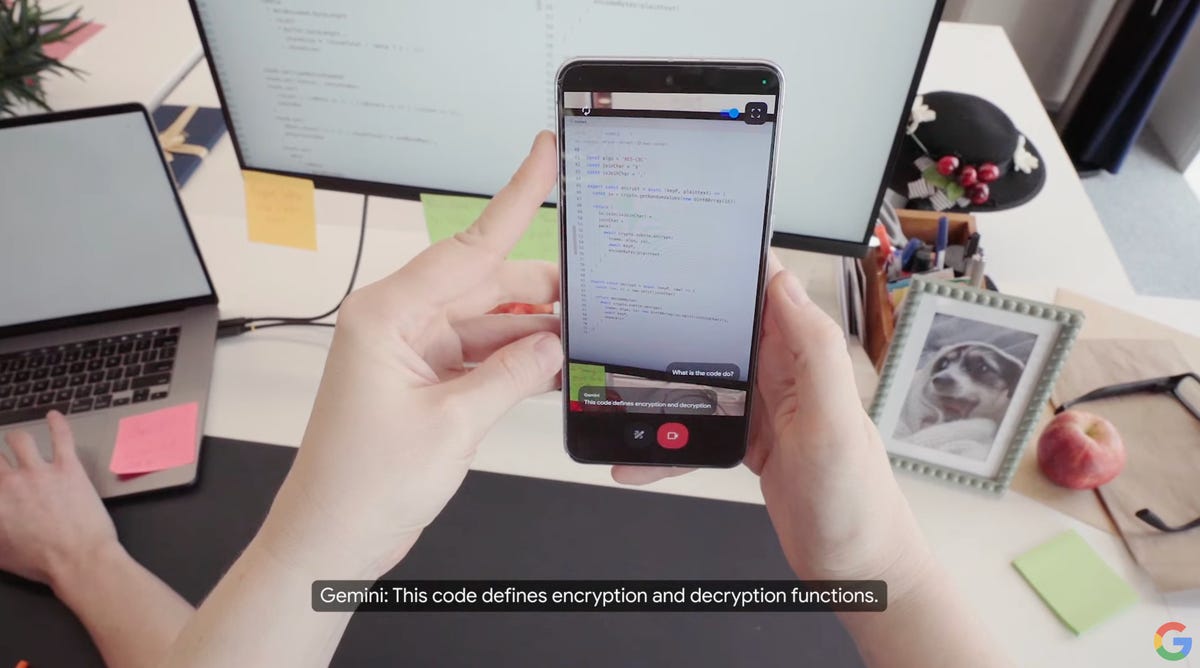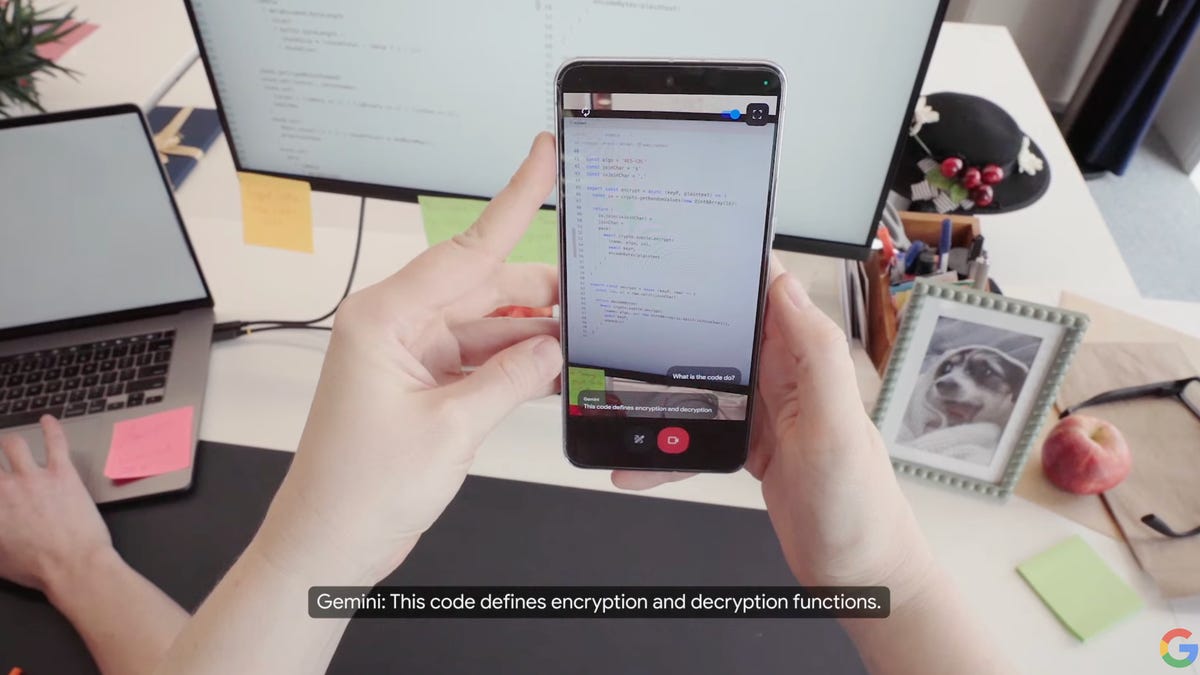Because as “smart” as our phones are supposed to be, they’re not very good at doing things on our behalf. But that’s about to change, according to Qualcomm.
During its annual Snapdragon Summit, the mobile chip maker showed how its new Snapdragon 8 Elite processor will be able to power more advanced virtual assistants that can use your device’s camera to “see” the world around you .
Qualcomm isn’t the first to come up with this idea; the demo aligned with Google’s Project Astra concept shown earlier this year and OpenAI’s multimodal ChatGPT. Qualcomm’s presentation was just another indication that virtual assistants are evolving into much more than the command-centric versions of Alexa, Siri, and Google Assistant we’ve been using for the past decade. And that’s a big deal, because today’s digital assistants are used for little more than controlling the weather, setting timers, and managing smart home devices.
But it all depends on whether device manufacturers implement such functionality; Qualcomm’s demo was just meant to show that its chip is capable of supporting it. However, it’s notable because Qualcomm’s silicon powers phones from some of the biggest Android phone makers, including Samsung, OnePlus and Motorola, meaning the chip’s new capabilities could provide a glimpse into new features that we see in Android phones in 2025 and beyond.
Read more: ‘A Cambrian explosion’: AI’s radical reshaping of your phone, coming soon
If the vision outlined in Qualcomm’s keynote comes to fruition, virtual assistants will get a big upgrade. The company envisions a future in which you’ll be able to point your phone’s camera at a restaurant bill and simply ask the virtual assistant to split the tab three ways and add a 20% tip. To take things even further, the demo showed how the virtual assistant would then be able to communicate with a personal finance app to track your spending.
Surprisingly, Qualcomm also sees this capability extending beyond phones. In the same demo video, a woman wearing a pair of smart glasses asked a question about the flowers in the Hawaiian Lei her colleague was wearing.
It’s an ambition Qualcomm shares with companies like Google, OpenAI and Apple, all of which are developing technologies that can use the cameras in our devices to help us get things done more efficiently.
Take Google’s Project Astra as an example. During the company’s I/O developer conference in May, he showed how a prototype version of the assistant would be able to identify objects in a user’s environment and answer questions about them in real time.

Google demonstrated Astra on a phone, and also on camera glasses.
Then there’s OpenAI’s ChatGPT, which has gotten better at interpreting speech and images to do things like help users solve math problems almost instantly.
Apple’s Siri is also getting a major upgrade that will enable the digital assistant to rely on your personal context to answer questions and take actions within apps. This should make it so you can simply ask Siri for a recipe a friend sent you, even if you can’t remember if it was shared via text or email, and then send an email by simply asking for it verbally.
Apple is also launching a new feature called visual intelligence that will let you use the iPhone’s camera to scan the world around you and take certain actions — such as making a reservation at a restaurant you just visited. you’ve passed — with a push of the iPhone Camera control button 16.
All these examples would represent a big step forward for virtual assistants. While today’s voice-activated assistants can automate tasks, manage home appliances, and answer questions, they can’t perform complex tasks for us.
Apple’s visual intelligence feature as shown in a demo video during its event in September.
The tech giants clearly see a world in which this will change in the near future. But the question is when — and if — these technologies will deliver on their promises. Google’s Project Astra technology hasn’t arrived yet, though Sissie Hsiao, Google’s vice president and general manager of Gemini experiences, said it would eventually make its way into Gemini. Apple also has yet to release those aforementioned Siri enhancements, which are part of its Apple Intelligence push to imbue the iPhone with more AI intelligence.
And Qualcomm’s technology depends on how phone makers adopt it, though it’s worth noting that some features shown during last year’s Snapdragon Summit — like the ability to erase objects in photos and fill the background to expand an image — phones like the Galaxy S24 series arrived in 2024.
There’s definitely an emphasis on voice assistants right now, but that doesn’t mean we’re ready for a voice-first world just yet. New devices that rely primarily on voice interactions, such as the Rabbit R1 and Humane AI Pin, were panned by critics at launch for falling short of expectations (though both devices have since been significantly updated). Regardless, it’s also a testament to the notion that the smartphone already works well as is, and may not need to fix what isn’t broken.
But if one thing’s for sure, it’s that voice assistants are sure to change — and fast.
Inside Qualcomm’s appointments-only museum filled with retro phones
See all photos
